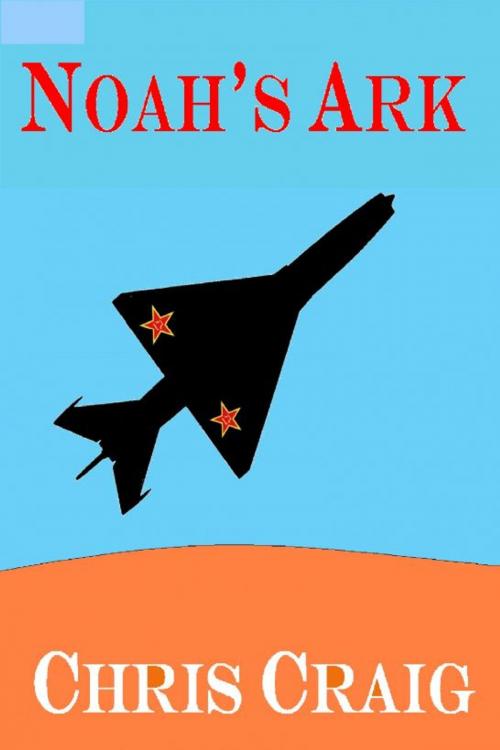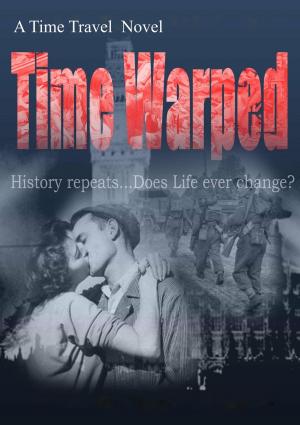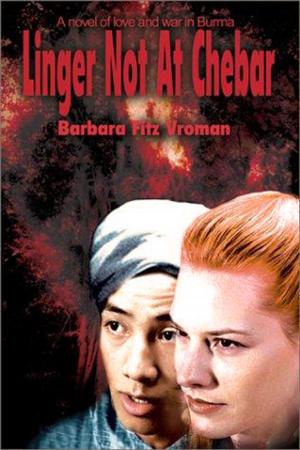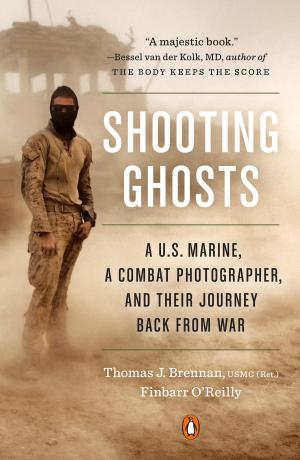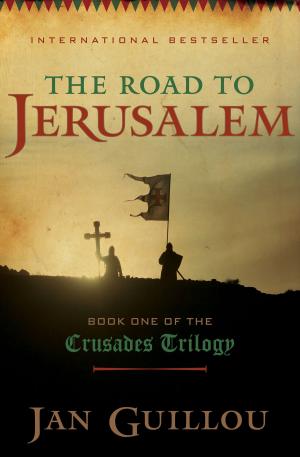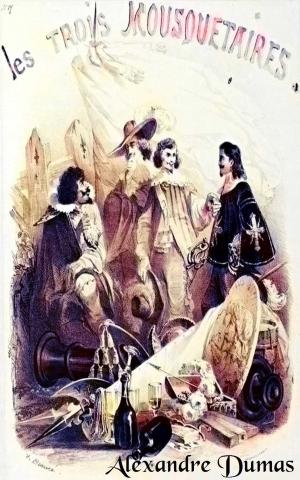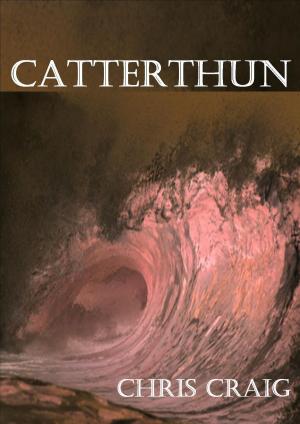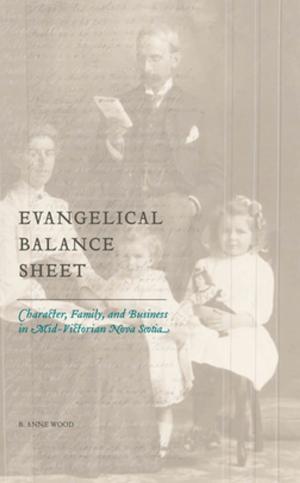| Author: | Chris Craig | ISBN: | 9780987245441 |
| Publisher: | Chris Craig | Publication: | January 20, 2013 |
| Imprint: | Smashwords Edition | Language: | English |
| Author: | Chris Craig |
| ISBN: | 9780987245441 |
| Publisher: | Chris Craig |
| Publication: | January 20, 2013 |
| Imprint: | Smashwords Edition |
| Language: | English |
The popular Tomorrow Series by John Marsden raises the spectre of an invaded Australia. Noah’s Ark sets out to examine the questions raised by this proposition.
Under what circumstances could such a thing occur? What international upheavals and geo-political manoeuvres would need to take place for an invader to threaten our shores? What would be their motivation?
If it did happen, how would our existing military alliances and forces stack up against those of neighbouring nations?
Is it possible?
The story unfolds as we follow a journalist and his family being drawn into the accelerating crisis. They personify the faith that such a thing could never occur, the disbelief when threat becomes reality and the terror felt by so many in the history of the world but not known in Australia since the darkest days of World War 2: the fear of an invader’s approach.
As our forces are swept aside and the enemy advances southward on Australian soil, Noah’s Ark draws on historical precedent. For example, a hastily raised militia force makes a desperate stand on the banks of the Clarence River, in Northern NSW: a plan that was actually formulated to oppose a Japanese invasion in WW2. Similarly, military officers are stationed in all major media outlets during WW 2, to restrict the flow of bad news to the general public, creating a situation when the HMAS Sydney was sunk by the Kormoran in 1941: the newspapers were not allowed to print what the grapevine had already broadcast.
Noah’s Ark also examines the plight of Asian Australians - turned on, just as those from Europe were during the World Wars of the 20th Century.
The characters of Noah’s Ark are driven from their homes, forced to flee by these historical forces in a conflict ultimately generated by climate change and competition for resources between emerging superpowers in the Asian Century.
The popular Tomorrow Series by John Marsden raises the spectre of an invaded Australia. Noah’s Ark sets out to examine the questions raised by this proposition.
Under what circumstances could such a thing occur? What international upheavals and geo-political manoeuvres would need to take place for an invader to threaten our shores? What would be their motivation?
If it did happen, how would our existing military alliances and forces stack up against those of neighbouring nations?
Is it possible?
The story unfolds as we follow a journalist and his family being drawn into the accelerating crisis. They personify the faith that such a thing could never occur, the disbelief when threat becomes reality and the terror felt by so many in the history of the world but not known in Australia since the darkest days of World War 2: the fear of an invader’s approach.
As our forces are swept aside and the enemy advances southward on Australian soil, Noah’s Ark draws on historical precedent. For example, a hastily raised militia force makes a desperate stand on the banks of the Clarence River, in Northern NSW: a plan that was actually formulated to oppose a Japanese invasion in WW2. Similarly, military officers are stationed in all major media outlets during WW 2, to restrict the flow of bad news to the general public, creating a situation when the HMAS Sydney was sunk by the Kormoran in 1941: the newspapers were not allowed to print what the grapevine had already broadcast.
Noah’s Ark also examines the plight of Asian Australians - turned on, just as those from Europe were during the World Wars of the 20th Century.
The characters of Noah’s Ark are driven from their homes, forced to flee by these historical forces in a conflict ultimately generated by climate change and competition for resources between emerging superpowers in the Asian Century.
